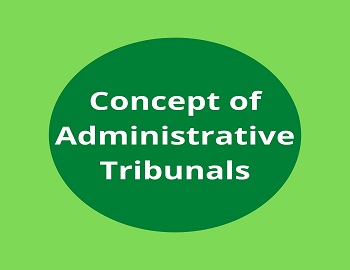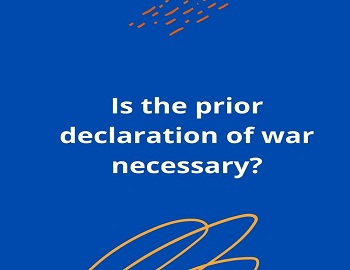Table of Contents
Different Styles of Leadership:
The style of leadership provides motivation for the achievement of organizational goals. The way a leader works i.e., the leadership style, is an important input of effective and organized work in an organization. A correct choice of leadership style alone can lead to the achievement of both individual and organizational goals. On the other hand, an inappropriate style of leadership can adversely affect the achievement of organizational goals.
Leadership style refers to the leader’s behavior i.e., the behavior pattern which the leader reflects in his role as a leader. In fact, the leadership style emerges out of the leader’s philosophy, personality, experience, value system, confidence in his subordinates, and security in uncertain situations.
Broadly speaking there are three main styles of leadership:
(1) Autocratic Style.
(2) Participative Style.
(3) Laissez-Faire Style.
Each of these styles has its advantages as well as disadvantages:
Autocratic Style:
In this style of leadership, the policy-making and decision-making authority is concentrated in the hands of the leader. It is the leader who decides policies and modifies them according to his own wishes. He imposes his views upon others. This type of leadership expects unquestioned acceptance of the leadership by the subordinates.
In the autocratic style of leadership, authority is centralized and it exercises centralized control over the subordinates. The middle managers are used as tools for securing the wishes and policies of the central leadership. The central control results from the use of personal praise or rewards or fear of criticism or punishment. In it, the leader tends to be personal and remains aloof from the group. He considers himself superior, all correct wise, and all his colleagues as inferiors, inexperienced and ignorant.
This type of leadership has the advantage of quick decision-making but at the same time, it has several big disadvantages. It is an imposed leadership with a little real support base. It causes pain to the employees and results in dissatisfaction. In the process, the employees tend to become passive towards organizational goals. Their morale is low and they do not have a sense of participation in the organization. They always remain involved in finding ways and means for avoiding the leader and his commands. Their participation in the activities of administration is unwilling.
Democratic or Participative Style:
The participative style of leadership seeks to get the cooperation of the workers in achieving the desired goals by allowing them to participate in the decision-making activity. All policies and decisions are arrived at through group discussions and either through a majority vote or a consensus. The leader encourages and assists his colleagues and provides them with alternatives instead of dictating the final decisions. He makes them feel that they work with him and not work under him. The members of the group enjoy a large measure of freedom. They have a faith in leadership and a sense of belonging to the organization. The leader recognizes the work of the subordinate. He believes that the subordinates are capable of decision-making. The participative style leads to improved employee-employer relations, higher morale, and greater job satisfaction. It reduces the burden of the leader.
The following are the merits of the participative style of leadership:
(1) Enhances the acceptance of management ideas.
(2) Raises the morale of the members of the organization.
(3) Improves employer-employee relations.
(4) Reduces the burden of the leadership.
The participative style of leadership can also be a source of problems, like:
(1) Dilution in the quality of decisions.
(2) Delay in decision-making because decisions have to be made through consultations and conferences.
Laissez-Faire Style:
In this type of leadership, the organization does not depend on the leader to provide external motivation. It is, in this way, quite different from the autocratic and participative styles of leadership in which external motivation is a must. In the laissez-faire style of leadership, employees motivate themselves. They enjoy a greater measure of freedom and the leader’s participation in decision-making is just minimal. The leader only assumes the role of one of the members of the organization.
This style of leadership has the advantage of giving freedom and independence to the employees. But its success depends upon the qualities of the employees and their willed dedication to their work. But very often, in the absence of a strong leader, the employees do not get proper direction and control. This can lead to organizational chaos.
Conclusion:
Leadership has an important role to play in the efficient functioning of an organization. Leadership qualities are essential for the health and success of a leader. Good use of different techniques of leadership can ensure both success for the leader as well as the successful and productive working of the organization which the leader’s heads. However, in style, leadership should never be autocratic. It should reflect a synthesis of the participative and laissez-faire styles of leadership.









Comments (No)